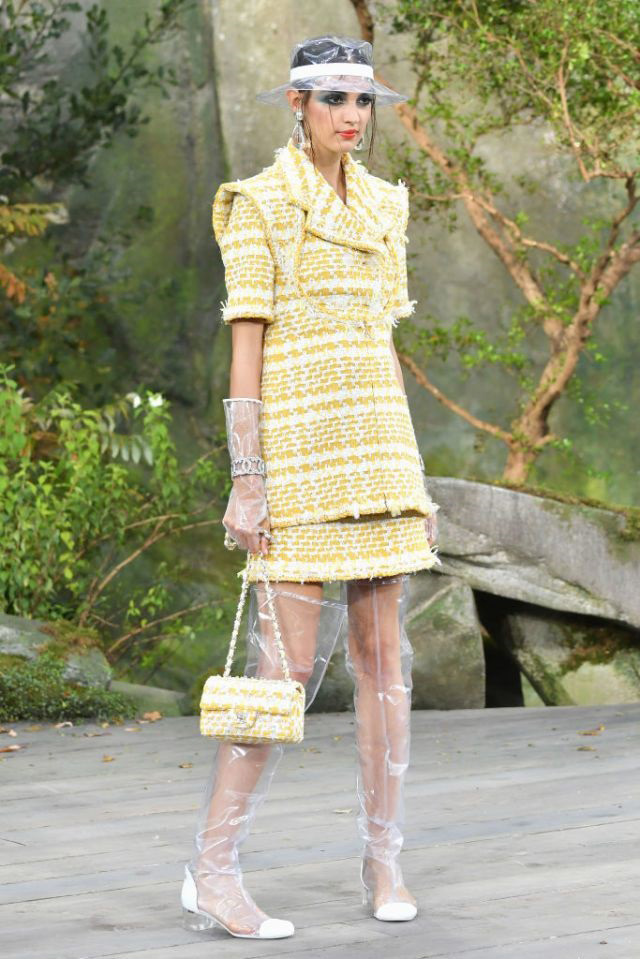
We tend to never demand fashion that does better for the environment nor do we associate quality and style with fashion that is progressively green. Why would we though? Fashion is deeply personal and not everyone has the same values. Or perhaps it is because historically sustainable fashion has always been visually unappealing.
Nevertheless, is it even possible to imagine a world where clothing considers the environment? Sure, you might say you don’t wear fur and leather. But all of our clothing impacts the environment to some degree.
According to an article published in The Guardian by Erik Solheim, Executive Director of the United Nations Environment Programme, titled ‘A Global Plastic Calamity’: “Each year it extracts more and more raw materials from the earth to make innumerable virgin plastic products – fabrics, zips, buttons, the many components of shoes, trainers and bags – that will end up in landfills or at the bottom of the ocean where they take centuries to decompose. That’s just one aspect of the problem.”
So, no one gets a free pass for being the most environmentally conscious fashion consumer. Life without essentials like buttons and zips made of plastic seems incredibly impossible and aesthetically difficult.
The challenge with fashion being sustainable is due to its no-rules playbook. While most of us tend to personally acknowledge the industry’s downfall, nothing will ever change until legal implications are introduced.
As long as people have the options made available to them they will continue to choose. On the other hand, will fashion lose its artistic integrity if it is only allowed to be creative with restrictions? Can it ever truly to be the same?
Giulio Bonazzi, Chairman, Chief Executive Officer and President of Aquafil, a company that transforms plastic ocean and landfill waste into textiles has stated: “The challenge for the future is to create a world where brands make a product, consumers use it and then return it to the manufacturer to make another product.” He has been advocating for a basic shift in how we approach the design of products, concluding that they should only be considered to be made if they are not going to end up in landfills and oceans.
But fashion with restrictions has a similar connotation to faux leather. It is as if it is being stripped of its ability to bring individual joy. Perhaps the solution would be to introduce legislation and leave the creating of greener clothing to the designers. And even so, there would be a problem with lack of choice; once that is removed there is no room for any kind of comparison.
The problem with sustainability is no one wants to hear about it 24/7, even though we all want to be better at it. Is there a way to only provide options that would be better for all of us? Can fashion even possess the same excitement once that step is taken? And would we be willing to go there or would we be too scared of losing the cheap thrill disposable fast fashion has brought us?
http://instagram.com/theonlinerunway





